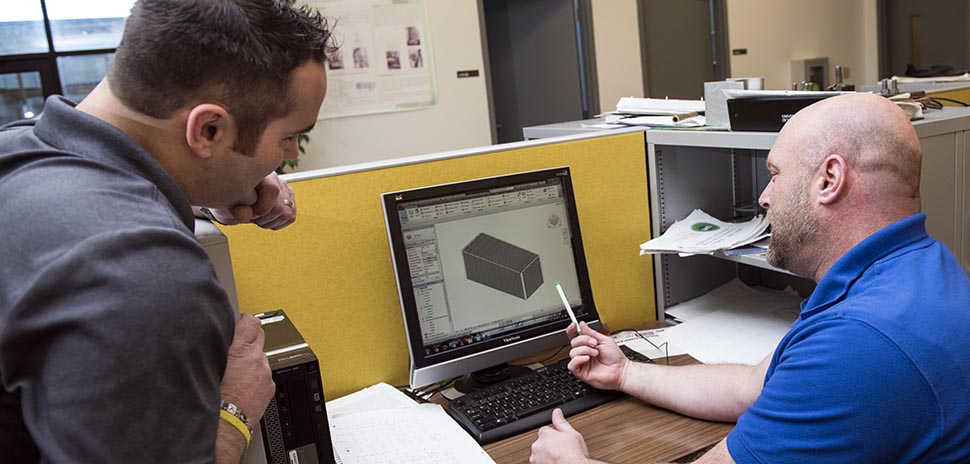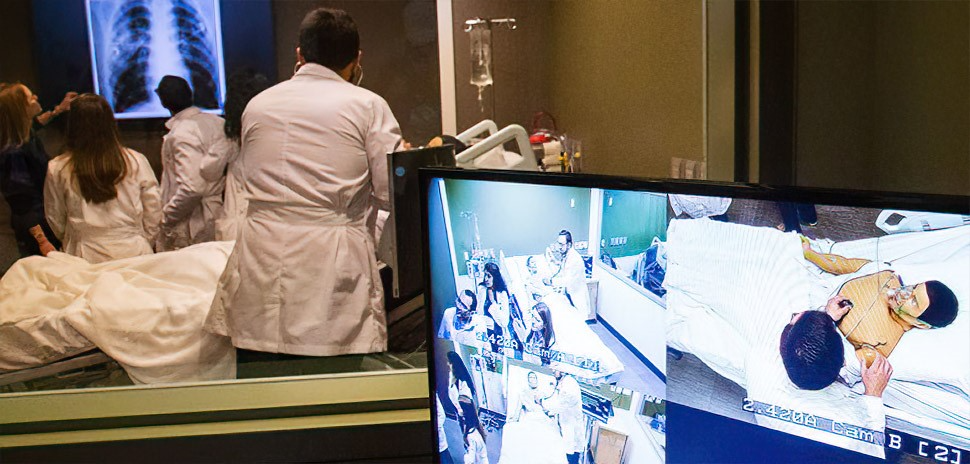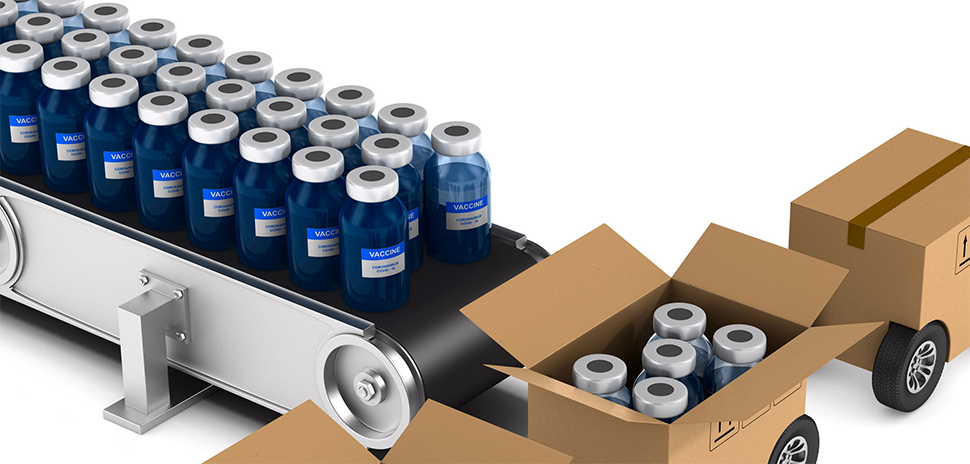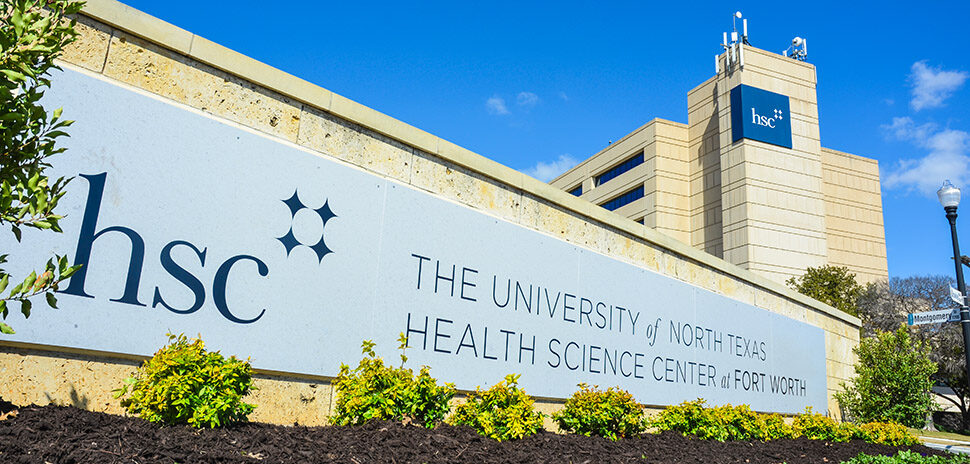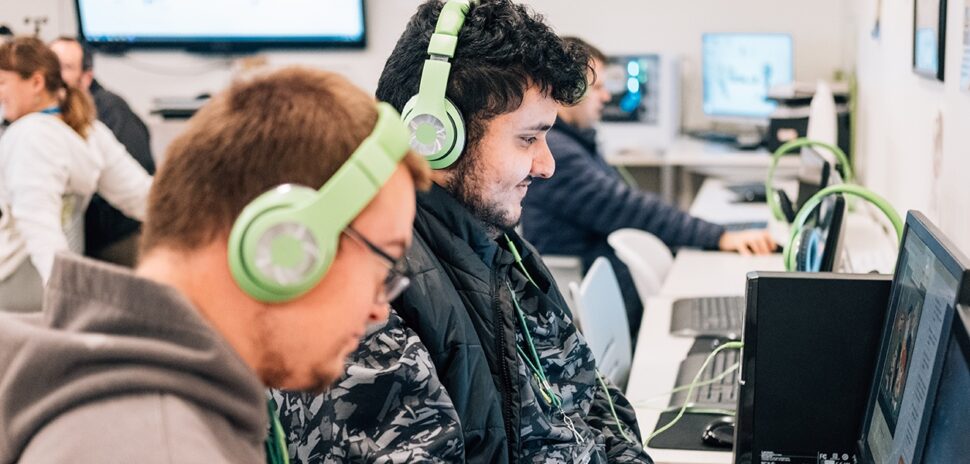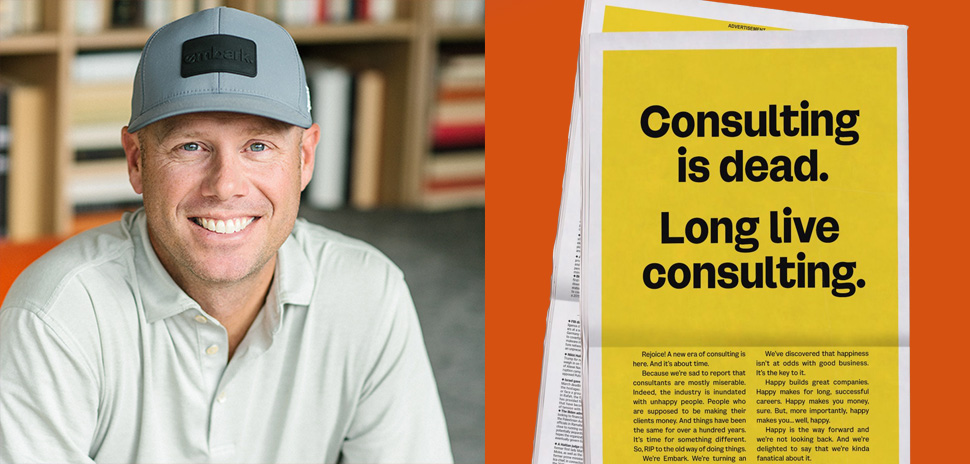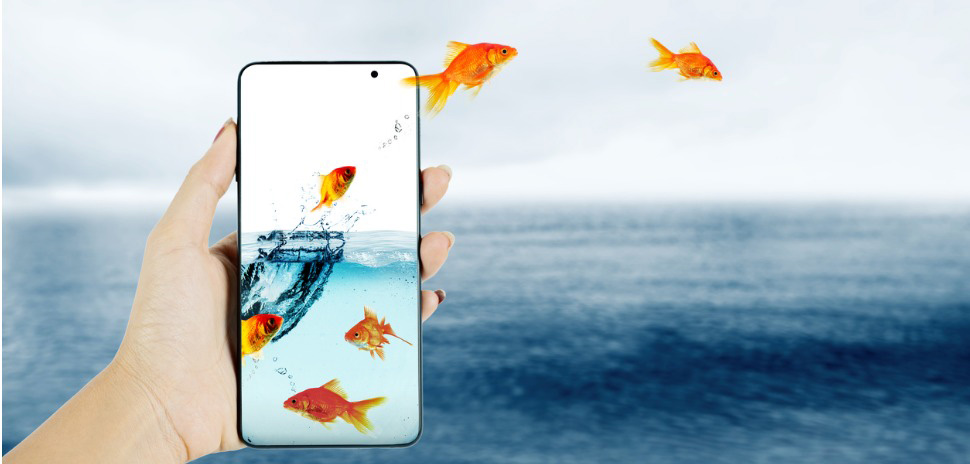Two Army veteran students in the University of North Texas’ College of Engineering are working on a project for the U.S. Army to make shelters stronger, lighter, stackable, and easier to transport.
The Army granted $2.6 million to two research teams at UNT along with collaborators at Northeastern University and the University of Southern Mississippi. The project began in October, and is expected to be finished in two years.
Jeremy Artman and Nathan Derrick are working on the project — using their military backgrounds and knowledge from their engineering courses to create the shelters.
“Not only am I looking at this from the engineer’s parameters of cost and strength of the design, but also the safety and protection of the troops.”
Jeremy Artman
“It is exciting for me to be a part of this,” Artman, an engineering technology senior and Iraq War veteran, told UNT News.
“Not only am I looking at this from the engineer’s parameters of cost and strength of the design, but also the safety and protection of the troops,” Artman said. “When I was in the Army infantry, having faith in all our equipment was paramount. I trust myself to think of this from the soldier’s perspective. I also know setting up tactical can be quite tedious, and I believe the engineers at UNT can help alleviate this with our designs.”
UNT’s part of the project will involve engineering professors and students from the Departments of Material Sciences and Engineering Technology.
“If we can create a shelter that is easier to set up and gives soldiers better protection, it will be so helpful for them.”
Nathan Derrick
The materials science team will study the feasibility of using lighter-weight components for tactical shelters made out of steel rather than the presently used aluminum. The team also will look at improving methods of joining the shelter components.
The engineering technology team will test ideas to enable the change from aluminum to steel and how it affects structural performance.
“It’s pretty cool; it’s nice to be on the other side,” said Derrick, who served for 10 years and did two tours in Iraq and is a graduate student in the Department of Engineering Technology.
“We’re being helpful, and making it easier to set up in the field,” Derrick said. “There is nothing worse than getting to a new place, like Iraq, and immediately having to pull a detail like putting together these shelters. If we can create a shelter that is easier to set up and gives soldiers better protection, it will be so helpful for them.”
Delivering what’s new and next in Dallas-Fort Worth innovation, every day. Get the Dallas Innovates e-newsletter.










